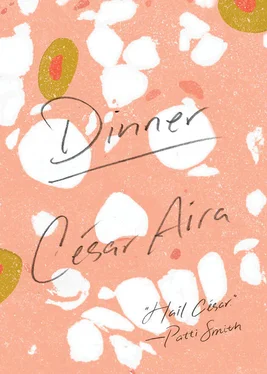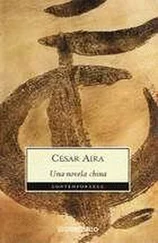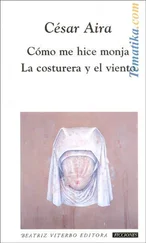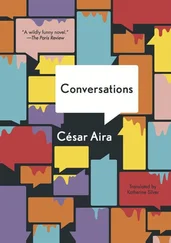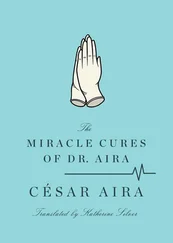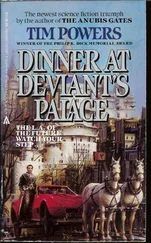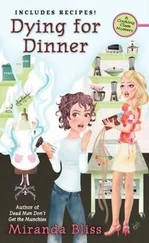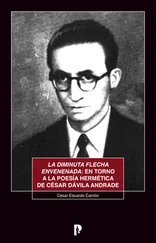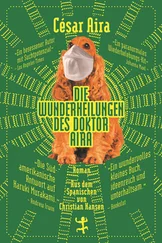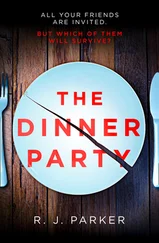But before the police decided to dispatch a patrol car, the lethal march had covered about half the distance, and there they really scored. It was at the local school, Primary School #7, where that night the School Association was holding a dance, which they did every month to raise funds for building repairs and school supplies. These dances were well-attended, and included a buffet dinner and a disc jockey. At that hour, just past midnight, things were winding down, but nobody had left yet. It was curtains for everybody, and first of all the children.
In the buffet room next to the auditorium where the dance was being held, two ladies were sitting alone at a table, chatting away. When the screams started, neither paid much attention, thinking that the piñata had been broken, or something like that. Each woman was criticizing her respective husband, benevolently, for their opposite approaches to one of the most popular local pastimes: going for a drive. The tradition started in the days when automobiles were a novelty and gasoline was cheap, and had continued. Families or couples would get in the car on Sunday afternoons or any day after dinner and cruise around the streets in all directions. This was called “taking a spin.”
“When we take a spin,” one of the ladies started, then continued, referring to her husband, “José drives so fast! As if he were in a hurry to get somewhere. I tell him: ‘We’re just driving around,’ but he doesn’t listen.”
“Juan, on the other hand,” the other said, “drives so slowly when we go for a spin, that he makes me nervous. I tell him: ‘Speed up a little, you’re going to put me to sleep.’ But he just keeps driving like a snail.”
“I wish José would go a little slower. He drives so fast I can’t see anything. If we drive past somebody we know, I can’t even say hi before we’re already shooting past them.”
“I’d rather go a little faster. It’s unbearable to go so slowly, the car seems to be standing still, and it takes forever just to get to the corner…”
They were both exaggerating (and it was their last exaggerations), but the “meaning” of their complaints, and the satisfying symmetry they created, must have been the reason their conversation so fully absorbed their attention, expressing their personalities and demonstrating the quality of the endorphins they were producing. These passed, after the brutal opening of their skulls, into the systems of the two corpses who attacked them from behind and emptied their brains. They were the last candies in the great sweetshop the school had become, and once the invaders had gorged themselves, they departed the way they had come, leaving behind some three hundred lifeless bodies where only minutes before merriment had prevailed.
There was something diabolically efficient in their timing. If what they wanted were endorphins, the little drops of happiness and hope secreted by the brains of the living, there was no more propitious time than Saturday night, when the worries of life are set aside and people temporarily indulge in gratifying their need for socializing, sex, food, and drink, which they abstain from during the rest of the week. In their depressing existence in the afterlife, the dead had developed a true addiction to endorphins. What a glaring paradox that Cemetery Road had become Endorphin Road.
On the way from the Cemetery, the town started at about the halfway point. And that spot was marked by Primary School #7, where the invading army had had its first real banquet of the night, especially because of the number of children whose brains were teeming with happiness matter. From then on, there were almost no empty spots in the urban weave. The compact herd of corpses spread to the right, through the grid of dirt streets and onto the first paved ones. They entered every house, lit up and dark, rich and poor, but the bigger and more agile ones went on to the wealthier houses, knowing that the rich were happier. They ran over the rooftops to get to the adjacent streets, their grotesque shapes, silhouetted against the light of the moon, took inhuman leaps, crashing through a skylight with a burst of broken glass. Competition among them made them faster and more dangerous.
They left “scorched earth” in their wake: the only ones who saw them and managed to escape were a few people in cars who didn’t stop out of curiosity and sped away. There weren’t many (most cars were surrounded, the windows broken, and the people “slurped”), but there were enough of them to carry the news downtown. A white police van didn’t have such luck.
Be that as it may, Pringles had been put on alert. Even though the information was spreading quickly, panic was building up slowly. The movies and, before the movies, the ancestral legends those stories are based on, had produced in the population a basic state of incredulity; at the same time it prepared them for an emergency (they had only to remember what the protagonists of those movies had done); it also prevented them from reacting because everybody knew, or thought they knew, that fiction was not reality. They had to see with their own eyes somebody who had seen them (with their own eyes) to be convinced of the terror of reality, and even then they weren’t convinced. It was one of those cases in which the real is irreplaceable and not representable. Unfortunately for them, the real was also instantaneous and without future.
And while oscillations of belief continued, the hunt didn’t let up for a minute in the neighborhoods behind the Plaza, always gaining ground toward downtown. The metaphor of the hunt didn’t actually fit very well; it was more like a flower tasting, or a tasting of juicy statues immobilized by terror and surprise. The element of surprise began to diminish as events developed. Terror increased in indirect proportion, and spread more quickly than the living dead, who moved slowly because of their appetite for endorphins, which prevented them from leaving a single head unturned. That’s when some escaped. The first was a seven-year-old girl who leapt out of bed screaming and scrambled through the giraffe legs of the corpse that had burst into her bedroom, making his loose tibias knock together like castanets and seriously challenging his balance. Two things saved her: her big family, which kept the other intruders busy, and how small she was; she was the size of a three-year-old, but her real age gave her disproportionate agility and speed. She ran down a glass-enclosed corridor. The reflection of the moon through the green diamond-shaped windows lit up the comings and goings of the ragged ghouls to and from the skulls of her family members. The operation included a bloodcurdling slurp, which she fortunately didn’t hear. She dodged two who tried to stop her and slipped through the hole where the door to the patio had been. One of the corpses was already chasing her, as one chases a sugarplum that has rolled off a cake. Outside another, who was roaming around the property, spotted her and leaped in front of her to cut her off. Without slowing down, the girl veered off toward the chicken coop and jumped inside. She sought the protection of the darkness, under the roosts; her friends the chickens were asleep, brooding; she knew her way to the very back corner, which was her favorite hiding place, and she didn’t wake them. But the two corpses who burst in did. This unleashed a phenomenal uproar of flapping and squawking in the phosphorescent-streaked darkness; the whiteness of their bones was mirrored in the feathers of the Leghorns, making the darkness even more confusing. The corpses, too big for the small chicken coop, got tangled up in the poles, and when they spread out their arms to shoo away the chickens, they got tangled up in each other and fell on their backs, as if they were doing acrobatics with feathered balls, all to the sounds of frantic clucking. Hens are not aggressive animals, on the contrary, but their shyness, as well as their limited intelligence, worked in their favor in this instance; their irrational fear made them unmanageable, and in the midst of the confusion, the little girl escaped again.
Читать дальше
